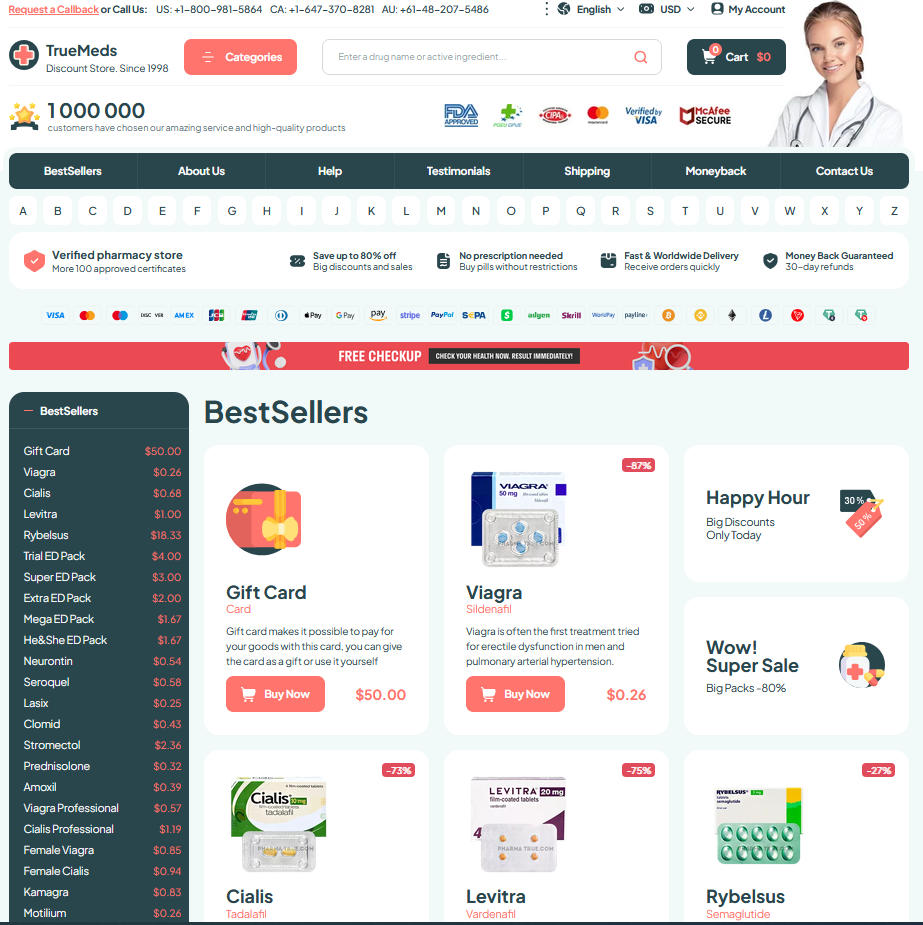 Migrating Legacy Systems to Doxt-sl
Migrating Legacy Systems to Doxt-sl
Assessing Legacy Footprint: Map Risks and Dependencies
Walking the corridors of an aging system reveals hidden junctions where functionality breathes through brittle connectors. Begin by cataloging interfaces, data flows and operational schedules, then interview operators to capture undocumented behavior that often dictates critical prioritization during migration planning.
Map code ownership and third-party dependencies to assess upgrade paths and licensing concerns. Use lightweight probes and dependency graphs to expose runtime ties. Quantify transaction volumes and failure rates to estimate cutover risk and required rollback windows for safe transitions.
Layer the inventory with business impact scores and recovery priorities, then align stakeholders on acceptable downtime and data loss thresholds. This shared context transforms technical lists into decision-ready plans, enabling pragmatic compromises between speed, cost, long-term maintainability and resilience today.
| Risk | Mitigation |
|---|---|
| Data coupling | Interface adapter |
Choosing Migration Strategy: Lift Replatform or Rewrite

Leaders weigh speed against control, measuring business impact, technical debt, and resource limits to decide the most pragmatic path forward quickly now
Lift-and-shift preserves operations while enabling incremental improvements; replatforming modernizes runtimes and tooling before full redevelopment becomes necessary often reducing short-term costs and risk exposure
When migrating to doxt-sl, teams should prototype key flows to validate performance, security constraints, and integration with existing services and failure handling
Decision gates, cost models, and stakeholder alignment convert technical options into executable plans with timelines, rollback criteria, and measurable success metrics defined
Modernizing Data Layers While Preserving Data Integrity
An aging data stack often hides subtle schema drift and coupling that threaten business continuity; begin by cataloging data sources, owners, transformations, and access patterns to reveal dependency graphs and prioritize high-risk assets for remediation.
Favor incremental refactors with strangler patterns and materialized views so production remains stable; implement adapters that translate legacy formats while introducing constraints, referential checks, and idempotent migration jobs with observable checkpoints and automated reconciliation processes.
Adopt a hybrid integration model: expose canonical APIs, stream change events, and register schemas centrally so doxt-sl consumers can evolve independently; enforce backward compatibility, contract testing, and automated validations to prevent silent corruption in production.
Before cutover, run dual-writes, shadow reads, and batch reconciliations against golden datasets while exercising rollback procedures; instrument metrics, alerts, and lineage tools, then document runbooks and train teams to sustain integrity post-migration and monitor continuously.
Integrating Doxt-sl through Apis Middleware and Events

Begin by defining clear API contracts and a lightweight middleware layer that translates legacy protocols to modern REST and gRPC interfaces. Build adapters that encapsulate authentication, rate limiting, and schema validation so teams can call doxt-sl services without touching fragile legacy code. Treat the middleware as a runtime gateway with monitoring, retries, idempotency, and circuit breakers to protect both systems while maintaining predictable latency.
Adopt an event-driven backbone for asynchronous concerns: use CDC or domain events to stream transactions into an event bus, normalize payloads, and version schemas to preserve compatibility. Implement consumer-driven contracts and replayable logs so teams can validate behavior independently. Plan cutovers with canary releases, feature flags, and compensating actions to roll back stateful changes safely. Instrument tracing and metrics end-to-end to detect anomalies early and iterate on adapters until the migration yields stable, maintainable integrations rapidly.
Testing Validation and Rollback Plans for Cutover
On cutover day engineers hold their breath as the legacy world hands over the keys. A scripted validation runbook lights up like a checklist, exercising APIs, data flows and user journeys while monitoring latency, errors and business metrics for signs of drift in doxt-sl integrations.
Validation must combine automated smoke tests, synthetic transactions and sampling of real traffic. Compare record counts, checksums and end-to-end responses; set thresholds that trigger immediate rollback readiness and post-cutover reconciliation so discrepancies never become silent failures.
Practice the rollback path early: rehearsals reduce ambiguity, document decision gates and automated switchbacks, and keep stakeholders informed. After cutover, run frequent audits and feed findings back into automation and runbooks for continuous improvement.
| Stage | Action |
|---|---|
| Validation | Automated tests & checks |
| Cutover | Monitor metrics; ready rollback |
Training Teams and Establishing Long Term Support
When the new platform goes live, people must feel ownership; celebrate early wins and share stories of avoided outages to build momentum. A few frontline engineers narrate a near-miss that justified the migration, making training feel urgent and meaningful.
Create layered learning: role-specific workshops, hands-on labs, and concise runbooks that focus on common failures and recovery steps; pair juniors with experienced operators during initial cutover to accelerate tacit knowledge transfer. Measure competence with practical assessments and evolving certification badges to ensure readiness. Allocate budget for ongoing coaching.
Establish durable support model: clear escalation paths, measurable SLAs, regular post-mortems feeding a living backlog, and a maintenance cadence for patches and dependency updates. Monitor usage and error trends, keep APIs and middleware tested, and fund a roadmap for incremental improvements. For technical references see Doxt-SL research and Doxt-SL code examples.
(832) 428-5608
Houston, TX 4101 Greenbriar Dr. Ste. 205K
info@enhancingmassage.com
(832) 428-5608
Houston, TX 4101 Greenbriar Dr. Ste. 205K
info@enhancingmassage.com
(832) 428-5608
Houston, TX 4101 Greenbriar Dr. Ste. 205K
info@enhancingmassage.com